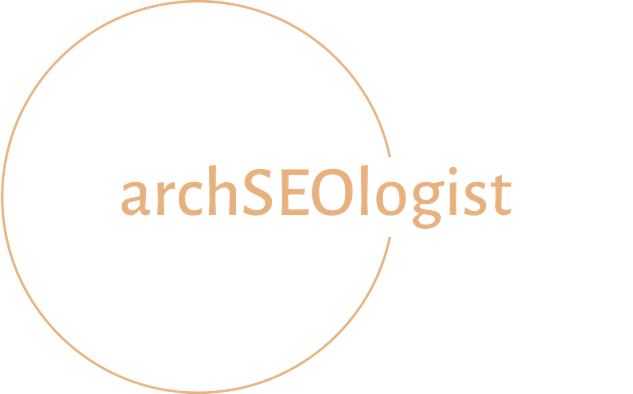
Web Accessibility
Designing Digital Content and Interfaces That are Inclusively Navigable, Understandable, and Operable for Every User.
What is Accessibility Compliance for Websites?
Accessibility Compliance refers to the practice of making your website usable for all people, including those with disabilities.
This involves designing and developing your website so that individuals with various impairments – such as visual, auditory, physical, or cognitive – can easily navigate, understand, and interact with your site.
For purpose-driven entities, ensuring website accessibility is beyond adhering to legal standards.
It’s a reflection of your commitment to inclusivity and social responsibility.


Why Is Accessibility Compliance Crucial for Every Website?
Accessibility Compliance is essential, especially for purpose-driven entities, as it aligns with values of inclusivity and equality.
An accessible website not only broadens your audience reach but also demonstrates your commitment to serving and respecting all community members, including those with disabilities.
How Can I Help Brands with Accessibility Compliance
Comprehensive Accessibility Audits: Evaluating your website to identify and address potential barriers for people with disabilities.
Inclusive Design Strategies: Advising on website design that accommodates a diverse range of users, ensuring that your site is welcoming and accessible to all.
Implementation of Best Practices: Guiding the incorporation of accessibility standards such as ADA and WCAG (Web Content Accessibility Guidelines) into your website’s framework.


What Do Accessibility Compliance Services Include?
Detailed Accessibility Assessments: Analyzing your website against key accessibility standards and guidelines.
User Experience Enhancements for Accessibility: Recommendations for improving navigational structures, visual elements, and interactive features for better accessibility.
Content Adaptation: Ensuring that all content, including text, images, and multimedia, is accessible to users with various disabilities.
Technical Remediation: Assisting in the technical adjustments needed to meet accessibility standards.
Ongoing Support and Guidance: Providing continuous support to maintain and update your website’s accessibility features.
FAQ
How Do I Know if My Website is Accessible?
Assessing the accessibility of your website is a multi-faceted process.
It starts with tools like WAVE or AXE that scan for technical compliance with WCAG guidelines, but it doesn’t end there.
The true measure of accessibility is how real people interact with your site.
Engaging with users who have disabilities and collecting their feedback is crucial.
This comprehensive approach ensures that your site is not just technically compliant but genuinely accessible in practice.
What are the Legal Requirements for Web Accessibility?
Navigating the legal landscape of web accessibility involves more than just ticking boxes.
Laws like the ADA in the U.S., and similar global legislation, require websites to be accessible to people with disabilities.
This means following guidelines like WCAG which set the standard for accessible web design.
It’s beyond avoiding legal risks, but about embracing a culture of inclusivity, ensuring that your digital space is open and usable for everyone.
How Does Web Accessibility Affect People With Disabilities?
For people with disabilities, web accessibility is a gateway to the digital world.
An accessible website allows individuals with diverse disabilities – be it visual, auditory, motor, or cognitive impairments – to navigate, understand, and interact with web content.
It’s transformative, offering equal opportunities for information access, social participation, and online services that many take for granted.
What is an Accessibility Statement and Do I Need One?
An accessibility statement is your public commitment to digital inclusivity.
It is a transparent overview of how your website addresses accessibility.
This statement should outline the measures taken, any known limitations, and plans for improvement.
So, accessibility policy is a living document that evolves with your website, demonstrating to your audience that you value and actively work towards comprehensive accessibility for all users.
What are the Web Content Accessibility Guidelines (WCAG)?
The WCAG is the cornerstone of web accessibility, providing a framework for making the internet accessible to everyone.
These guidelines are detailed, covering a range of recommendations to make your website perceivable, operable, understandable, and robust.
Adhering to WCAG is about ensuring your digital content can be accessed and utilized by people with a wide array of abilities, thus fostering a more inclusive online environment.
How Often Should I Test Website for Accessibility Compliance?
Maintaining web accessibility is an ongoing process, not a one-time fix.
Regular testing is essential – ideally, after every major update or at least bi-annually.
This continuous evaluation helps you stay in tune with evolving accessibility guidelines and technologies.
It’s also an opportunity to address any new barriers that might arise, ensuring that your website remains accessible to all, including people with disabilities, in the ever-changing digital advancement.
Are You Committed to Making Your Digital Presence as Inclusive as Your Mission?
Contact me to ensure your website meets the highest standards of accessibility, reflecting the inclusive nature of your brand.
